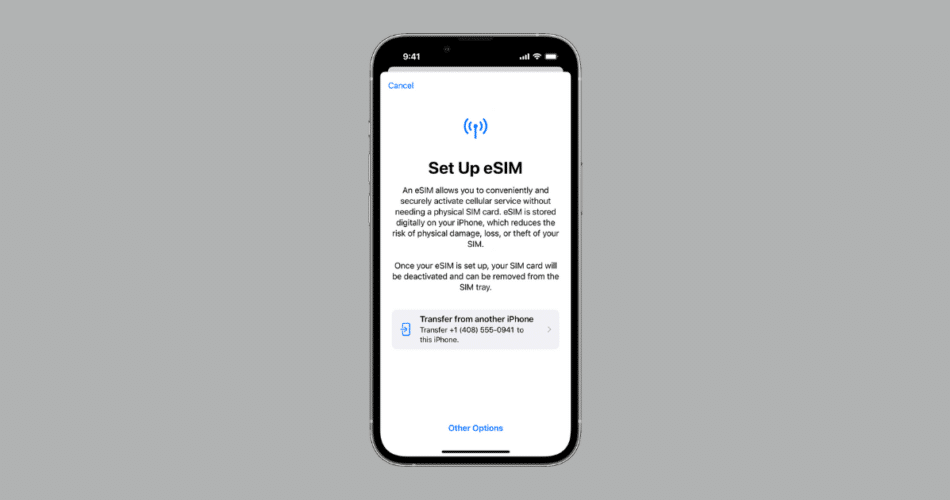The iPhone 17 Slim, also referred to as the iPhone 17 Air, is anticipated to be Apple’s thinnest iPhone yet, potentially as slim as 6mm. This ultra-thin design has led Apple to consider significant compromises in functionality and features. According to a report from The Information, the iPhone 17 Slim will lack a physical SIM card tray, with prototypes omitting it entirely due to spatial constraints. As a result, the device will rely exclusively on eSIM technology. While this shift aligns with Apple’s eSIM-only approach for iPhones in the United States since the iPhone 14, it raises concerns about the device’s viability in other regions, particularly China, where regulatory hurdles surrounding eSIM adoption remain significant.
In the United States, carriers have embraced eSIM technology, simplifying processes like user verification and SIM activation. However, in China, where a real-name registration system is enforced, eSIM technology poses challenges for carriers in maintaining compliance with identity verification standards. This regulatory barrier has historically limited the adoption of eSIMs for smartphones in the region, despite some exceptions for Apple Watch and iPad models. Without changes to China’s regulations, the iPhone 17 Slim may face significant obstacles entering the market, which could limit its global appeal unless Apple finds a way to integrate a physical SIM tray.
Another notable feature of the iPhone 17 Slim is its anticipated use of Apple’s in-house 5G modem, codenamed Sinope, which marks a departure from Qualcomm modems. While Apple’s modem is reportedly more power-efficient and smaller in size, which complements the device’s slim profile, it falls short of Qualcomm’s in terms of peak speeds and cellular connectivity reliability. Furthermore, the modem lacks mmWave 5G support, meaning the device will only connect using sub-6GHz bands. This omission could disappoint users who rely on mmWave for higher bandwidth applications, although the sub-6GHz connectivity will still offer competitive speeds compared to non-mmWave devices.
The pursuit of an ultra-thin form factor has necessitated additional sacrifices in the iPhone 17 Slim’s design. Apple engineers have struggled to fit thermal materials and a standard-sized battery into the slim body, potentially leading to compromises in battery capacity. The device is also expected to feature a single earpiece speaker, eliminating the second speaker typically found at the bottom of other iPhone models. Reports suggest that the device’s camera system will be similarly streamlined, with a single rear camera housed in a prominent, centered bump, foregoing advanced features like optical zoom.
The iPhone 17 Slim is slated for release alongside standard iPhone 17 models in the latter half of next year, with its production currently in the early trial stages. Whether this ambitious design can meet the expectations of Apple’s diverse user base remains to be seen, especially given its potential absence from key markets like China.
(via The Information)
Subscribe to our email newsletter to get the latest posts delivered right to your email.

